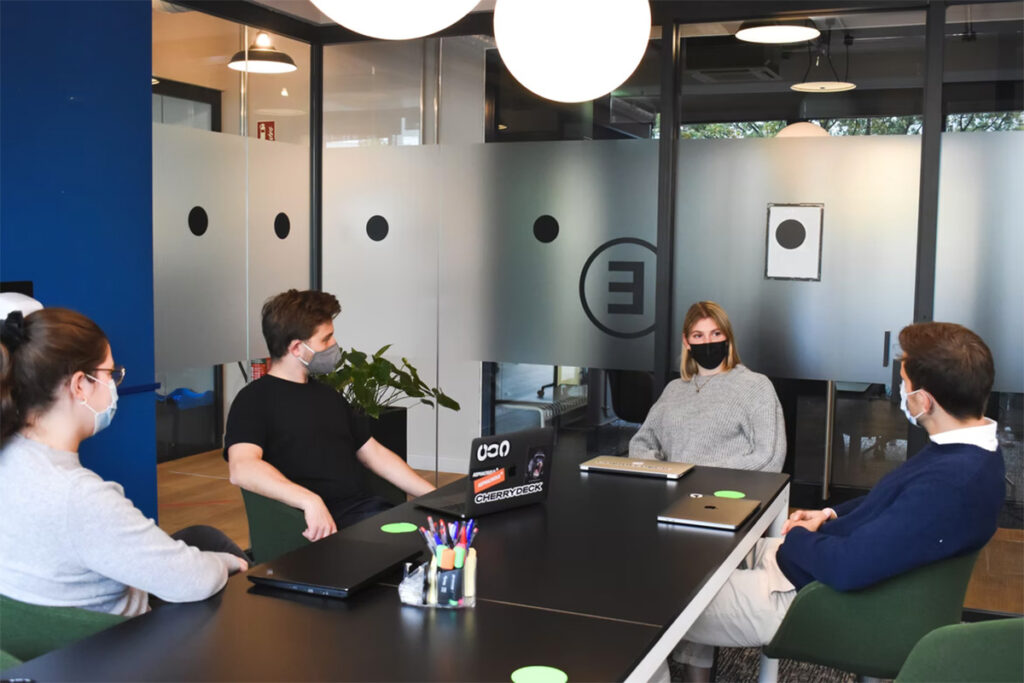The workspace has become very fluid. These days, we work from our living rooms, bedrooms, dining areas. Technology has allowed us to work while we’re on vacation, in transit, or even while we’re doing other things like working out.
Some companies are trying to integrate flexible workspaces and practices to allow for practicality, safety, productivity, and creativity. A bonus would be increased financial savings on the part of the organization.
Here are some of the setups that organizations can consider when designing new workspaces for their employees. The following information is inspired by content on archdaily.com
The traditional desk. This is for people who are protective of their own personal space and are finding it hard to concentrate when there are plenty of noisy people around them. Product manufacturers are integrating moveable partition walls into the traditional desk setup for added peace, safety, and privacy.
Desk-free workspaces. Some workers don’t like to stay in one place but rather move around and work wherever they feel like working. As long as it’s quiet, comfortable, and connected, it will do. A company can set up small spaces with comfortable seats and perhaps a divider to block off noise and other distractions.
Small meeting spaces. Any open space can be turned into a cozy meeting area by bringing in furniture that allows for some privacy and silence. This setup is apt for informal meetings, 1-on-1’s, quick updates, and the like.

A bigger space for teams. If several teams need to collaborate while staying in their respective zones, a bigger space that is open and flexible is necessary. Create hubs by using moveable furniture like sofas and armchairs, boards, and screens. It’s a space where workers can focus while engaging with others at the same time.
Hybrid meeting rooms. Since some of the workers will be working from home, offices can set up meeting rooms equipped with screens so remote workers can join discussions in real-time. Hotwalls may be set up not just in the meeting spaces but also in individual workspaces and common areas like lunchrooms. (Hotwalls are big screens connected to a videocam. They are used to keep remote working colleagues in the loop with what’s happening in the office.)
